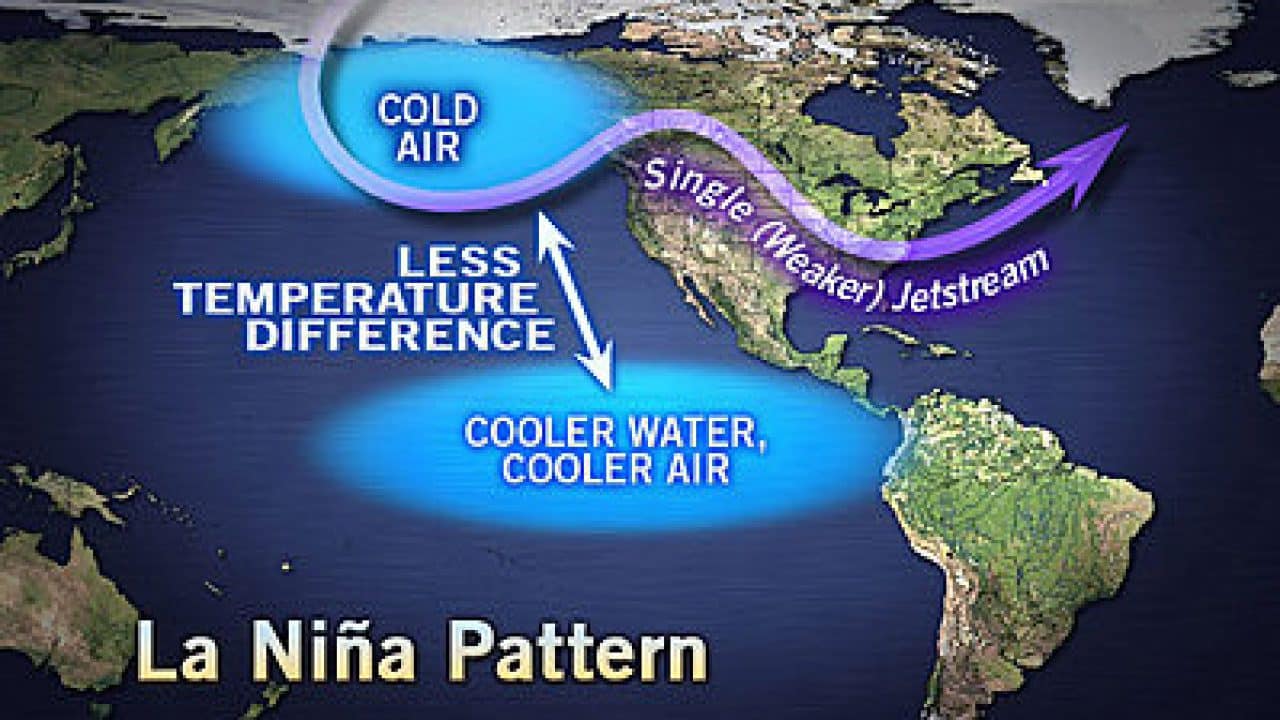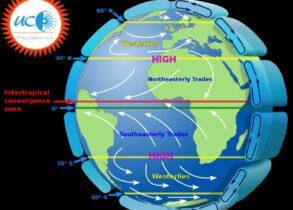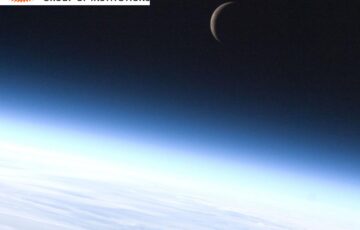Discuss the role of western disturbances in causing cold waves in India and explain how La Nina conditions can affect the severity of cold waves.
Approach
- Start your answer by discussing the role of western disturbance in causation of cold waves.
- Discuss how La Nina affects the severity of cold wave.
- Conclude accordingly.
Introduction
A cold wave is a rapid fall in temperature within 24 hours to a level requiring substantially increased protection to agriculture, industry, commerce, and social activities.
The criteria required for Cold wave formation in India as per the Indian Meteorological Department (IMD) are:
Minimum temperature recorded by a meteorological station on the plains must be 10 degrees Celsius or less.
For high-altitude hills, the minimum must be below or at 0 degrees.
The highest temperature must be 4.5-6.4 degrees Celsius below normal.
Body
Western disturbances are weather systems that originate in the Mediterranean region and play a critical role in the meteorology of the Himalayan region, including India.
These weather systems can cause a variety of extreme weather events such as crop damage, landslides, floods, avalanches, cold wave conditions and dense fog.
Role of Western Disturbances in causing Cold Waves in India:
As the western disturbance moves towards India, it brings with it moisture-laden winds which replace chilly and dry northwesterly winds with warm and wet easterly breezes.
This change in wind direction can lead to a drop in temperature and the formation of cold waves.
Additionally, the excessive precipitation caused by western disturbances can lead to dense fog, which can further reduce visibility and increase the severity of the cold wave conditions.
La Nina and Cold Waves:
La Nina is a weather phenomenon characterized by cooler-than-average sea surface temperatures in the central and eastern tropical Pacific Ocean.
During La Nina episodes, the Indian monsoon is typically weaker, which can lead to less rainfall and an increased likelihood of droughts in India.
This can lead to a drop in temperature and the formation of cold waves.
Furthermore, the weaker monsoon can also lead to an increased frequency of western disturbances, which can further increase the likelihood and severity of cold wave conditions.
Conclusion
Western disturbances play a critical role in causing cold waves in India. The moisture-laden winds and excessive precipitation caused by these weather systems can lead to a drop in temperature and the formation of cold waves.
Additionally, La Nina conditions can affect the severity of cold waves by weakening the Indian monsoon and increasing the likelihood of droughts.








